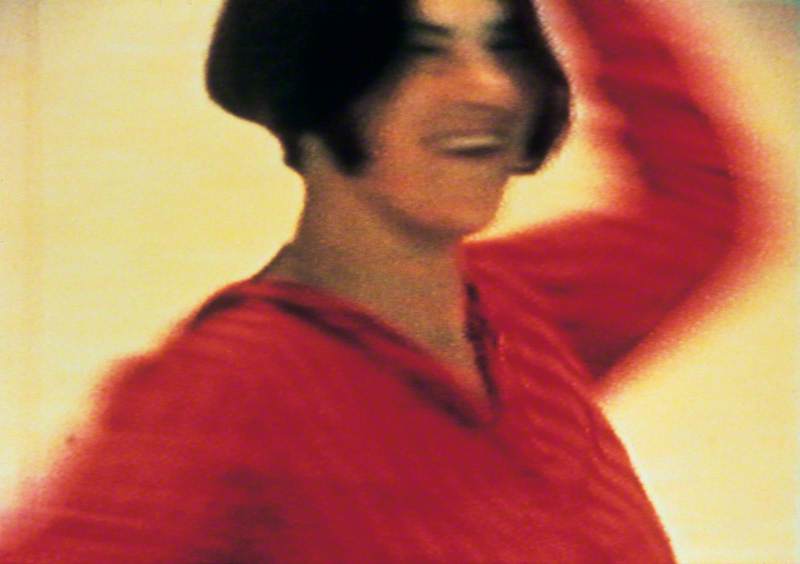This essay was written for the 2024 Write on Art prize, winning first place in the Year 10 & 11 category.
No artist is more relevant to present times than Käthe Kollwitz – and in no piece is this more hauntingly clear than in Woman with Dead Child. While historian Yvonne Schymura takes pains to view her work as 'free of political and personal engagements,' Woman with Dead Child proves these elements to be inseparable. In her lifetime, Kollwitz bore witness to endless economic depression, corruption, and loss. She saw these events almost from the bottom – the backstreets of Berlin, ill and overcrowded in the wake of its own industrial revolution. Her desire to capture this environment draws, perhaps, from Enlightenment philosopher Johann Gottfried Herder, who believed true German culture was to be discovered in its common people.
And there is much to discover in Woman with Dead Child.
As someone with an interest in German Expressionism, what strikes me first is how Kollwitz has used line – in particular, as a means to create movement. The woman's back and shoulders appear to convulse, as it is so difficult to tell in which direction their lines were made. Her reaction to the child's death is visceral, the manner in which she contorts herself animalistic. She is naked, an effort on Kollwitz's part to present women in a maternal rather than sexual context.
Up to this point, motherhood had been a recurrent theme in Kollwitz's work, but it had never been expressed as such a primal bond as here. In order to further affect her viewer, it is possible that Kollwitz appropriated Michelangelo's marble Pietà; not in its composition, per se, but in its spiritual dimension.
Madonna della Pietà (Our Lady of Piety)
1498–1499, marble by Michelangelo (1475–1564). Saint Peter's Basilica, Vatican City 
To describe the child, she lessened her pressure on the needle and etched fine, shallow lines. As a result, he appears unsubstantial, to almost transcend the paper. But what Kollwitz depicts that Michelangelo does not is an event without context. It exists outside a narrative, a time period, and its title does not even refer to a specific two people. Kollwitz instead universalises the experience of a woman who suffers in proportion to her love for her child. It is neither civilised nor rational, but rang true for viewers then, and undoubtedly rings true for viewers now.
We live in dark times, divided, according to President Zelensky, by a 'new iron curtain'. But Woman with Dead Child does not cause me distress or, as Kollwitz's audience would have done, to mourn those I have lost. It draws me instead to those I still have. The human need to be close to someone, and to connect, is one that transcends race. Political boundaries. Gender. And Kollwitz, who understood and expressed this in almost all her work, remains to remind us.
Azzurra Mitchell
Further reading
Jay A. Clarke, 'Käthe Kollwitz: An Art of Resistance', Art Institute Chicago, 2021
Joseph Henry, 'How Käthe Kollwitz Invented a New Art of Protest', FRIEZE, 2020
Danielle Knafo, In Her Own Image: Women's Self-Representation in Twentieth-Century Art, Fairleigh Dickinson University Press, 2009
Elizabeth Prelinger, Käthe Kollwitz, Yale University Press, 1994
Courtney Tenz, 'Käthe Kollwitz's Art Was Compassionate, Subversive, and Politically Outspoken', Artsy, 2020









